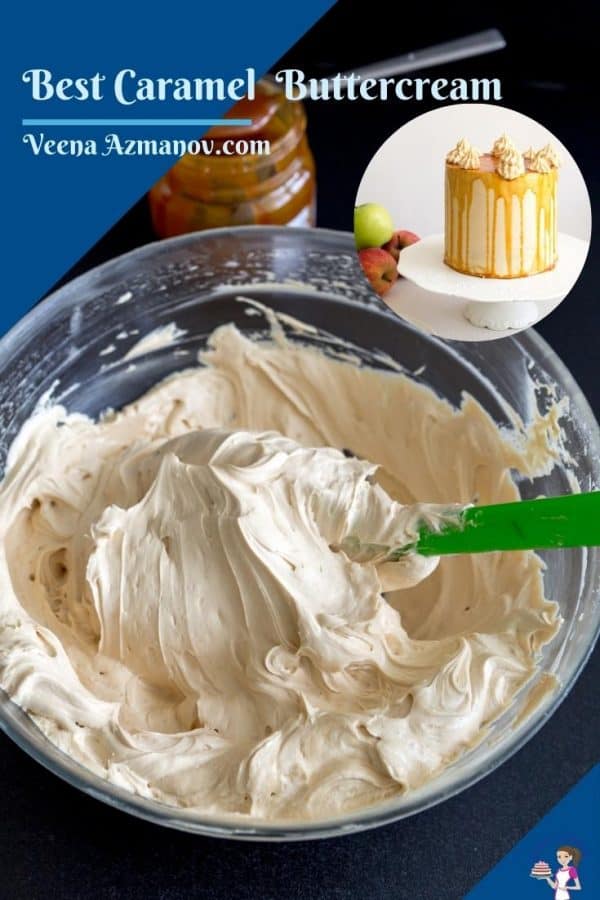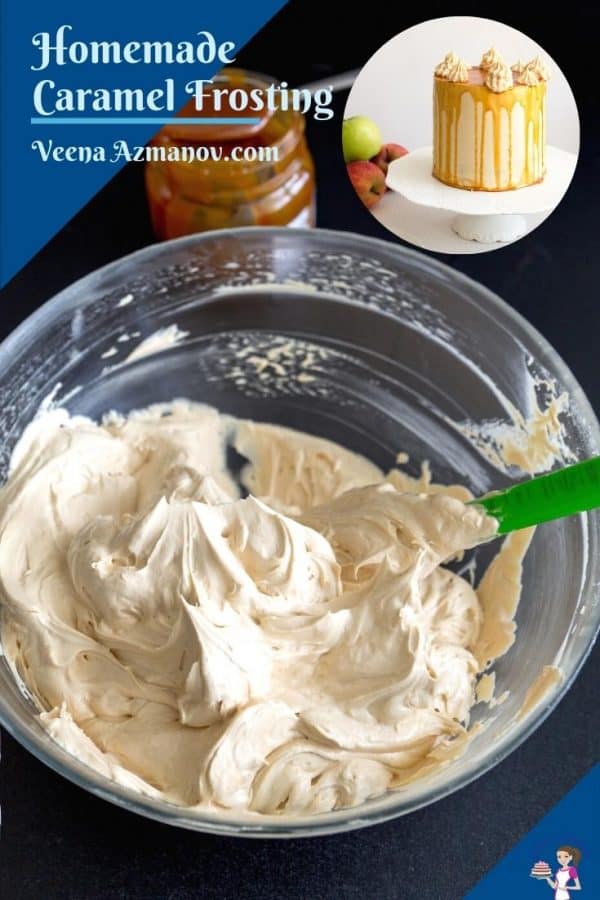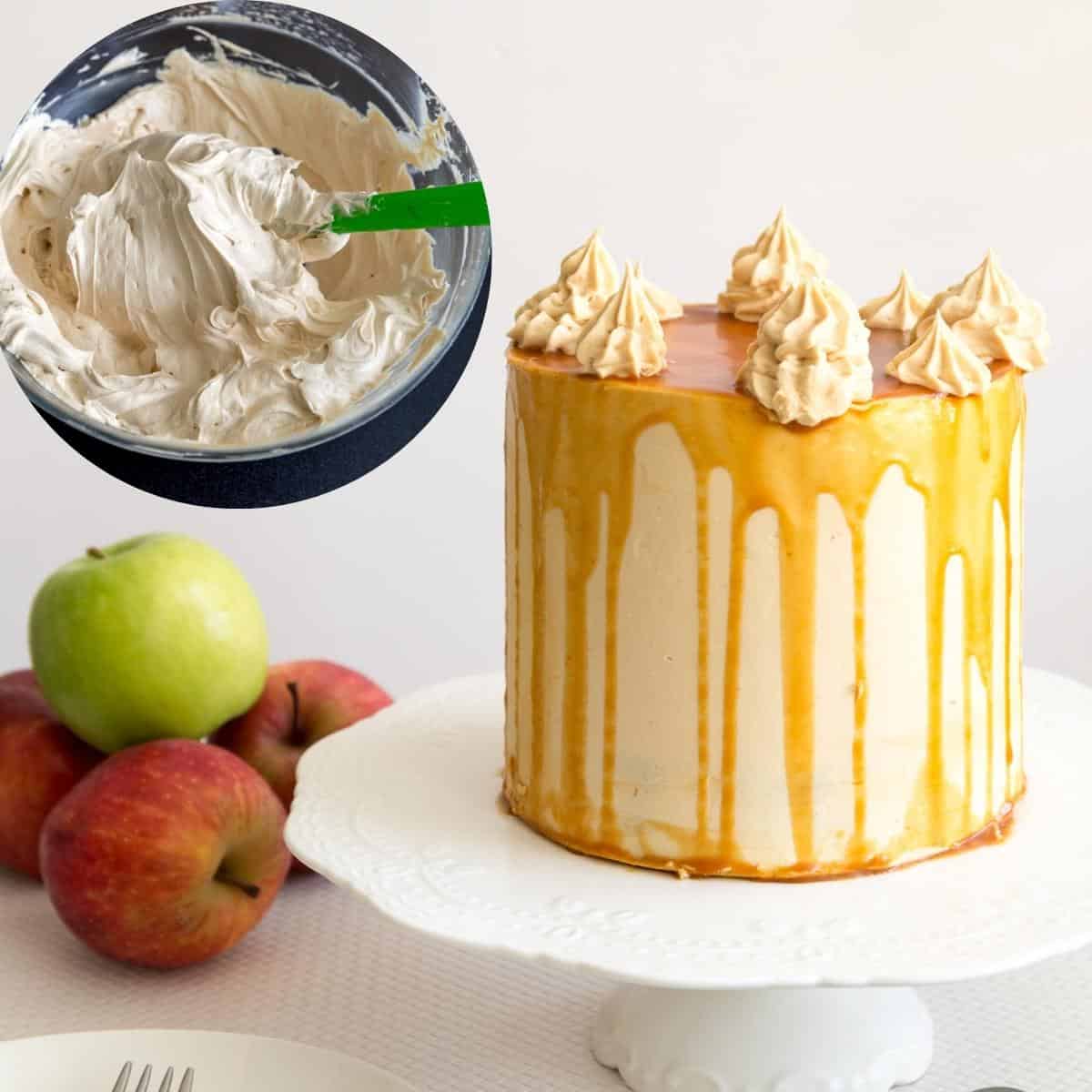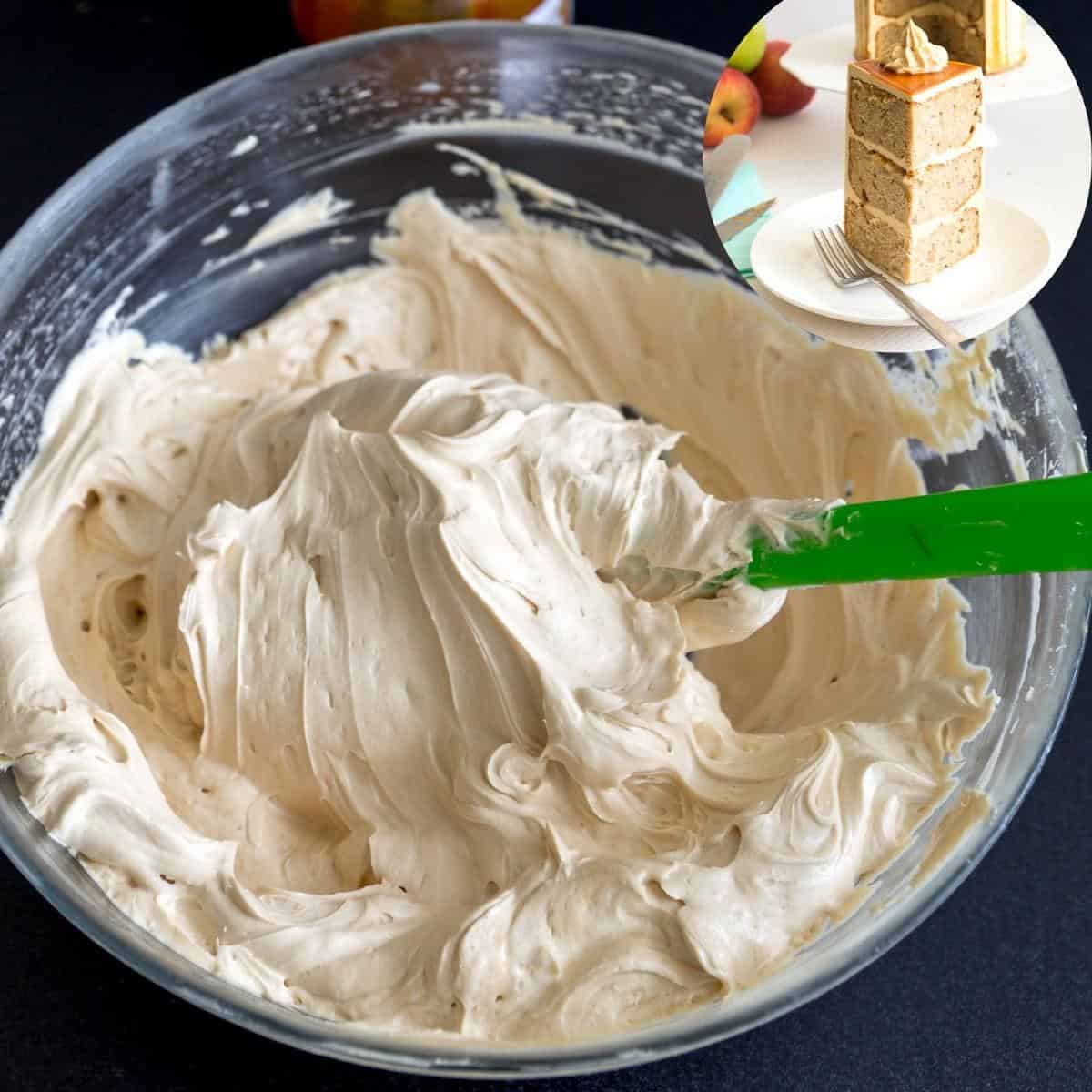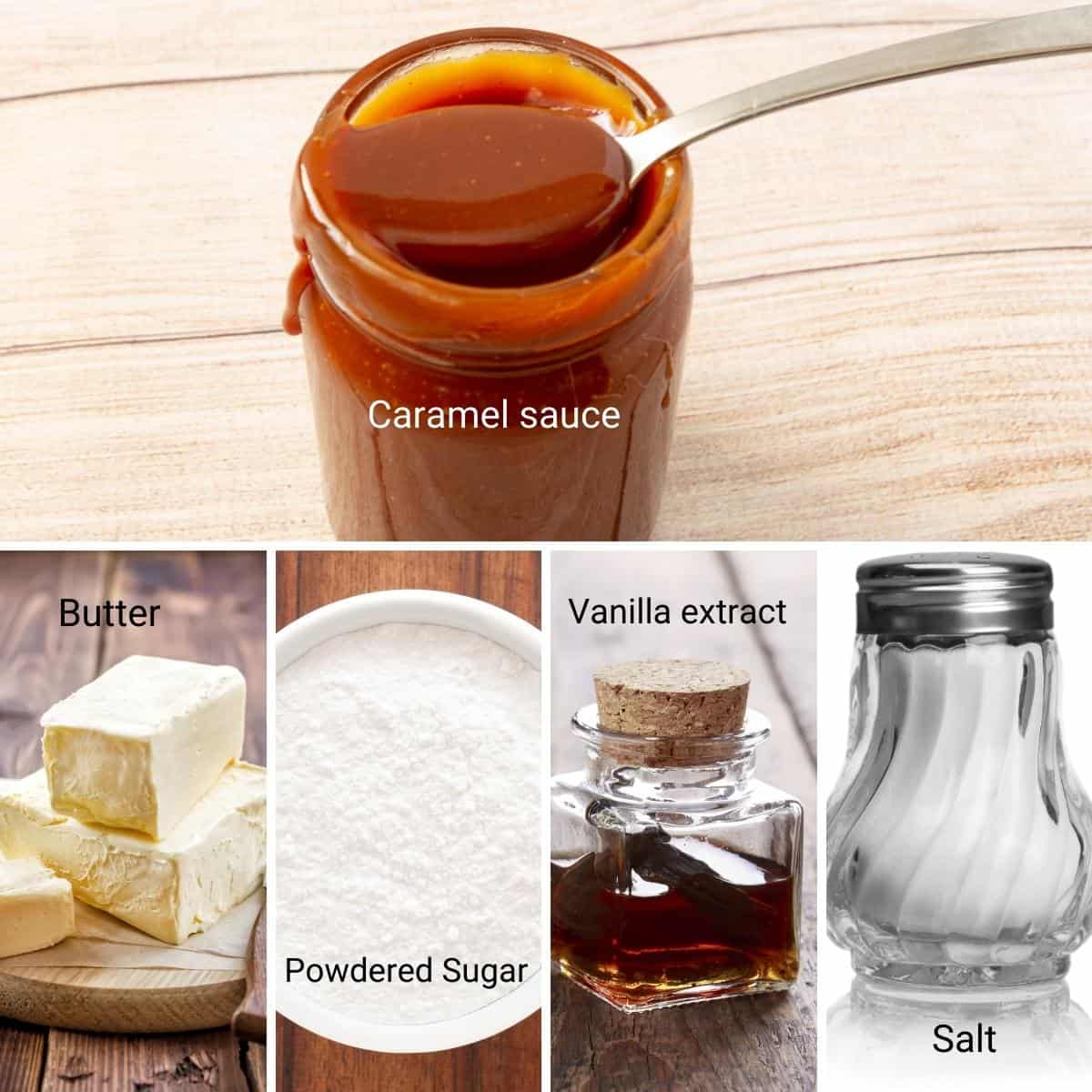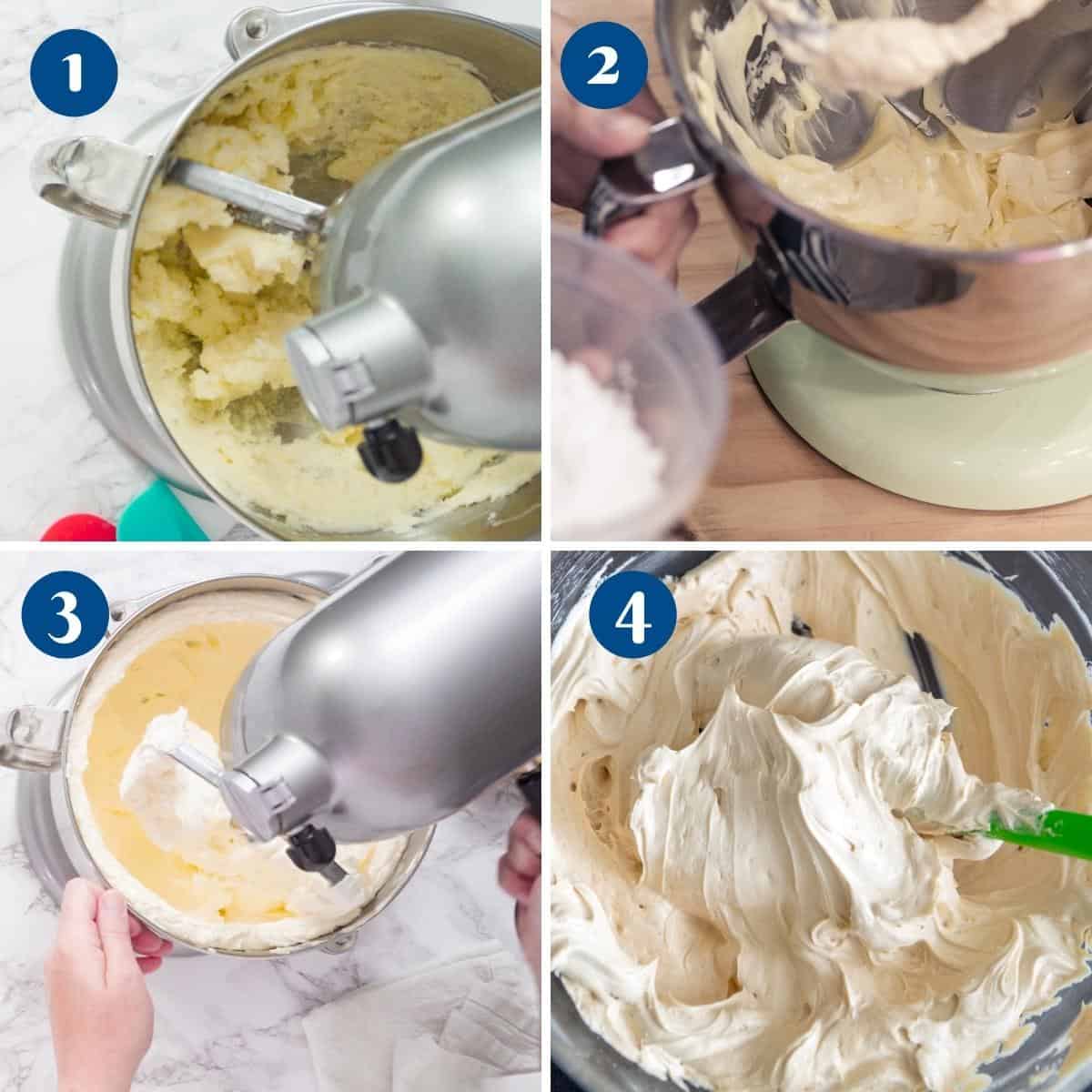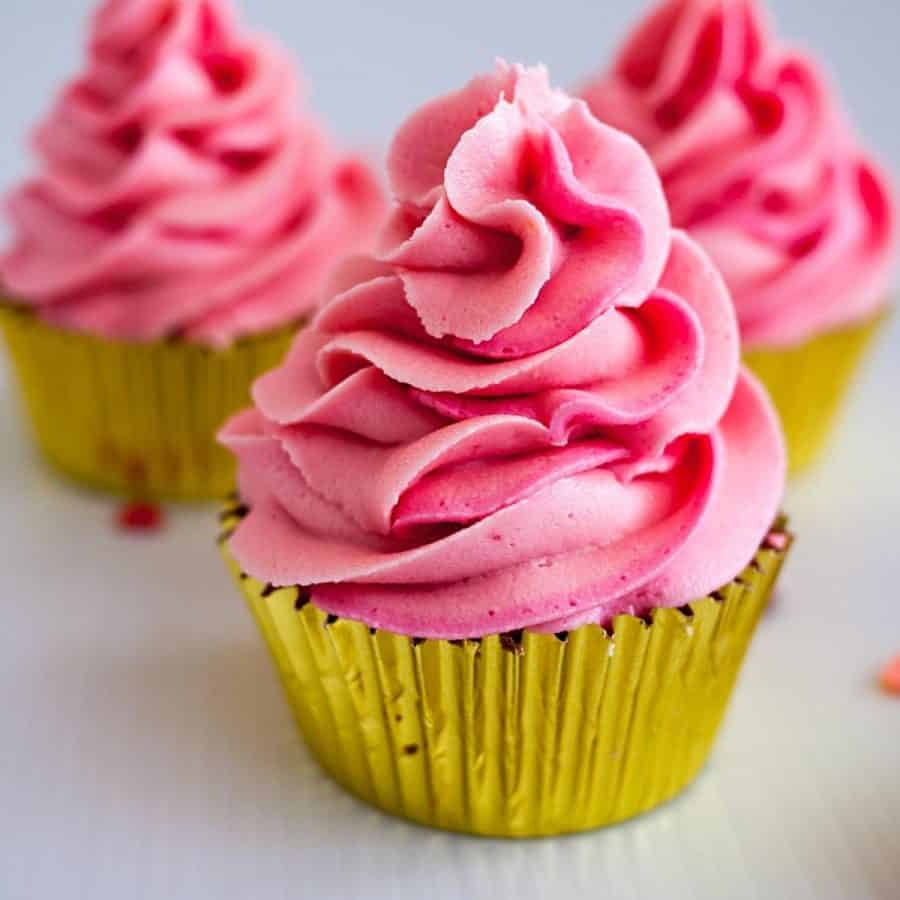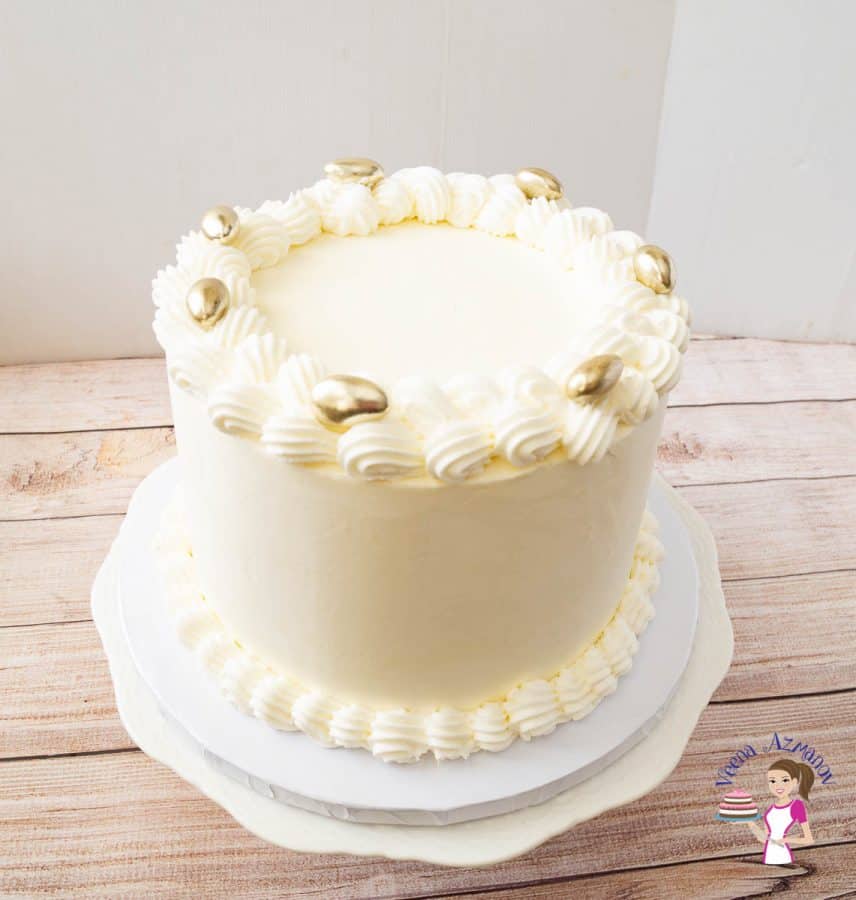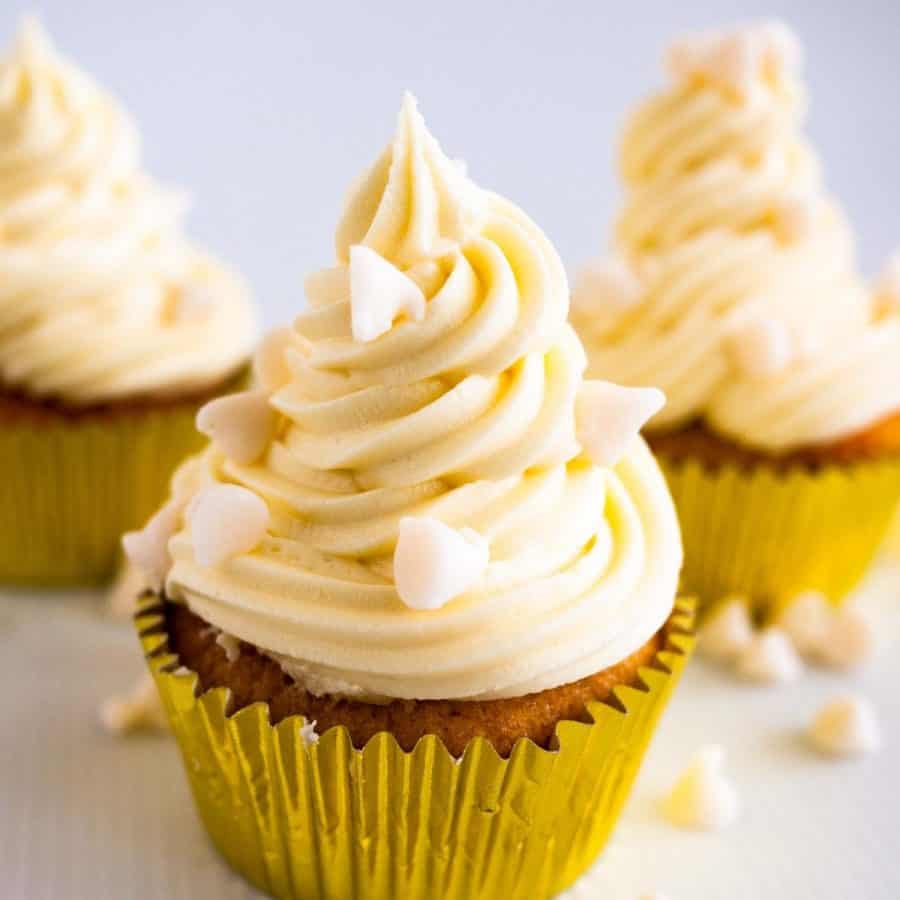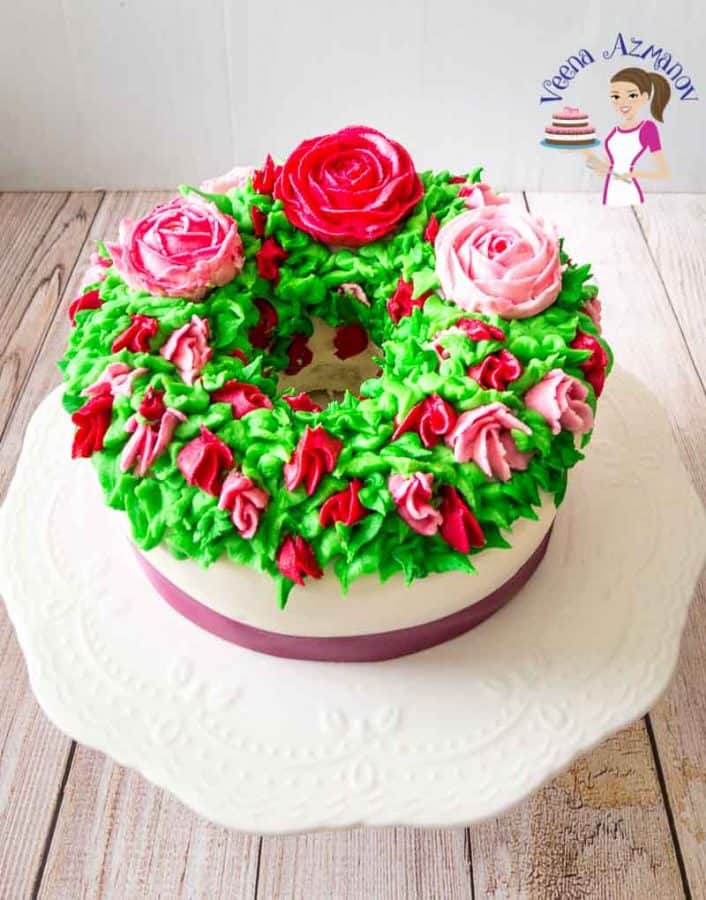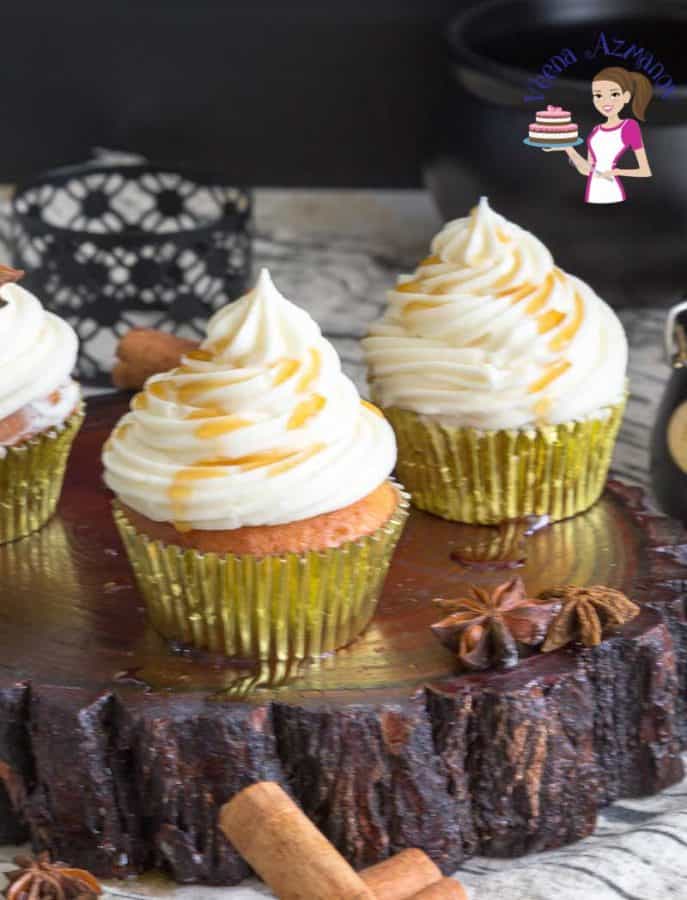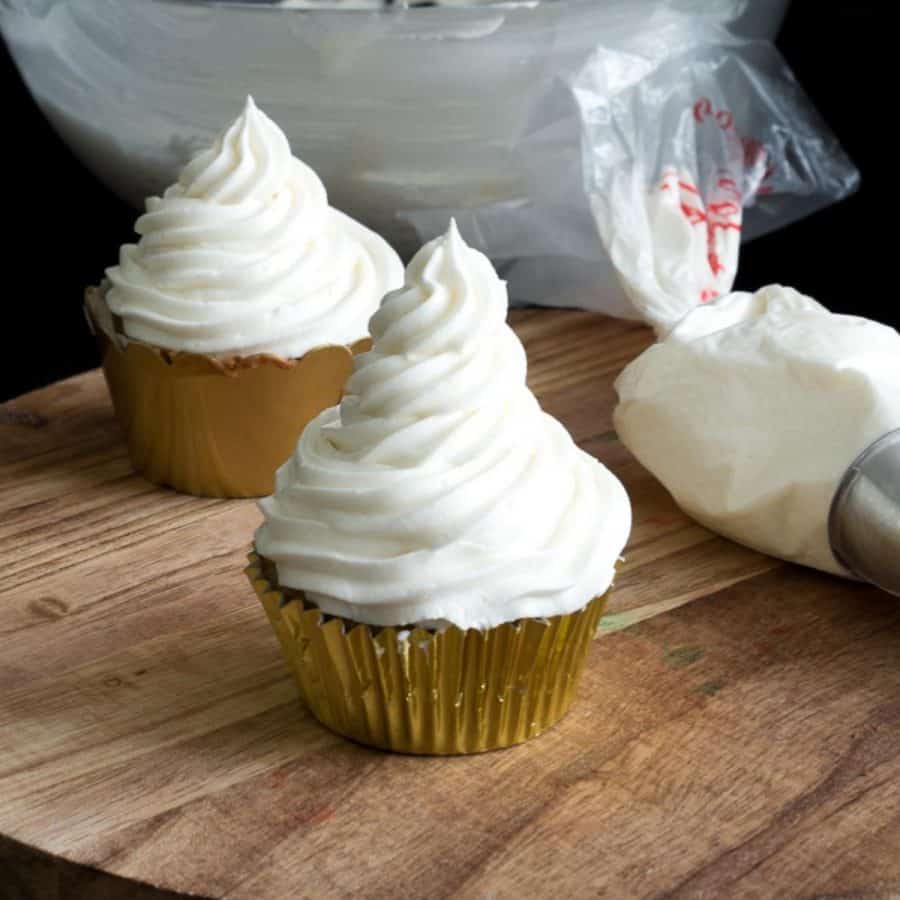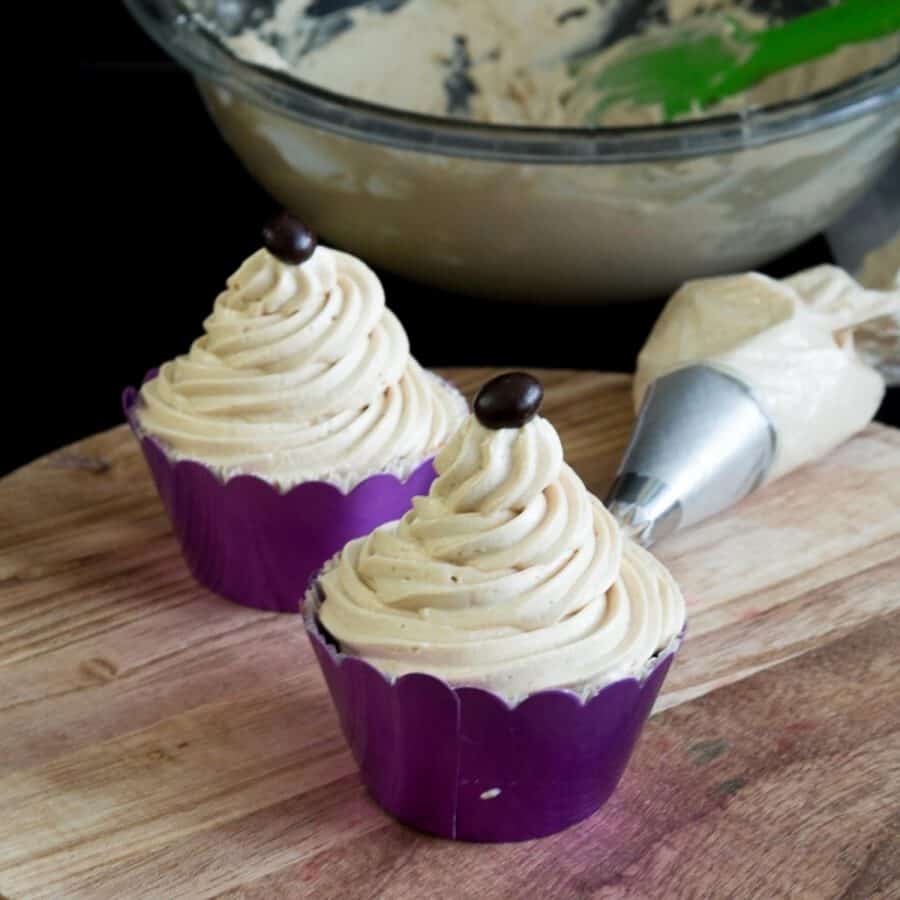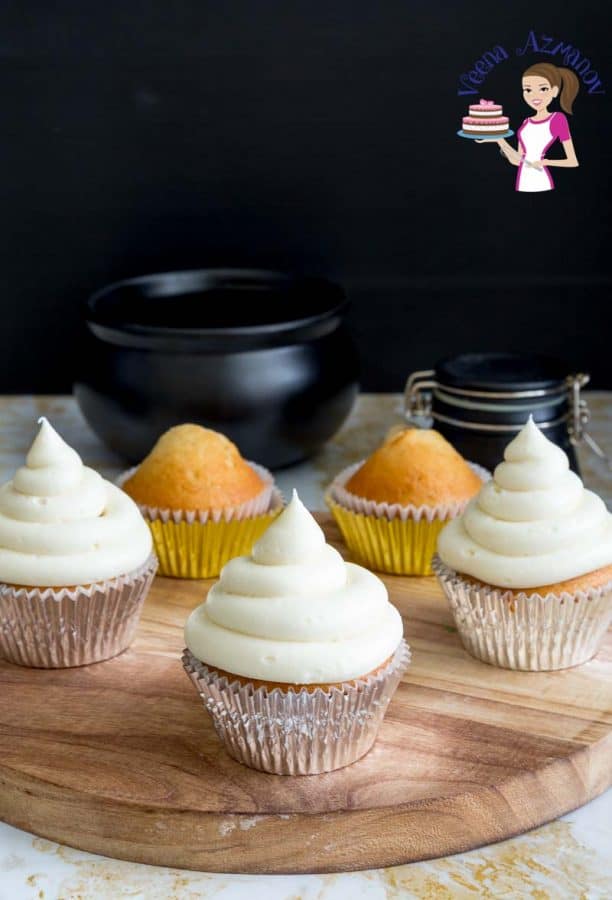Caramel sauce is a luscious, golden-brown confection made by heating sugar until it melts and caramelizes, then blending in butter and cream to create a rich, velvety sauce. The result is a perfect balance of sweetness with a hint of bitterness, adding depth and complexity to desserts. Caramel sauce is beloved for its rich, buttery flavor and versatility. It can be drizzled over ice cream, stirred into coffee, or used as a dip for fruits. Its warm, comforting taste evokes a sense of indulgence and nostalgia, making it a favorite among dessert enthusiasts. The combination of sweet and slightly burnt notes creates a unique and irresistible flavor profile that enhances any dish it touches. Adding caramel sauce to frosting elevates the taste and texture of cakes and cupcakes, transforming a simple dessert into a gourmet experience. Here are a few reasons why caramel buttercream frosting is a must-try:
Enhanced Flavor: The rich, buttery caramel flavor infuses the frosting with a luxurious taste, making each bite more satisfying. Perfect Sweetness: Caramel adds a sophisticated sweetness that balances well with the other ingredients, avoiding an overly sugary taste. Smooth Texture: Caramel sauce contributes to a silky, smooth texture in the frosting, making it easy to spread and perfect for piping intricate designs. Visual Appeal: The golden hue of caramel frosting adds a beautiful, appetizing look to cakes and cupcakes, making them even more tempting. Versatility: Caramel pairs wonderfully with a variety of cake flavors, from classic vanilla and chocolate to more adventurous options like apple spice or pumpkin.
Using caramel in frosting enhances the flavor and presentation of your baked goods and adds a touch of gourmet elegance that is sure to impress. Whether baking for a special occasion or simply treating yourself, caramel buttercream frosting is a delicious way to elevate your desserts.
Why is this the best recipe?
Rich Caramel Flavor: The homemade caramel sauce brings a deep, rich caramel flavor that enhances the overall taste of the frosting, making it a standout compared to store-bought or simpler recipes. Creamy Texture: By using both butter and heavy cream, this recipe ensures a luxuriously smooth and creamy texture that spreads effortlessly on cakes and cupcakes, creating a professional finish. Balanced Sweetness: The combination of caramel sauce and powdered sugar provides the perfect balance of sweetness, ensuring the frosting is not overly sweet but just right for a delectable dessert experience. Versatility: This frosting pairs wonderfully with a variety of cakes and cupcakes, from classic vanilla and chocolate to more adventurous flavors like apple spice or pumpkin. Its rich caramel taste complements many different types of baked goods. Stability: The recipe yields a stable frosting that holds its shape well, making it ideal for piping intricate designs or creating beautiful swirls on cupcakes and cakes without losing its form. Easy to Customize: This recipe is highly adaptable. You can easily adjust the caramel intensity, sweetness, or even add a touch of sea salt for a salted caramel version, allowing you to tailor the frosting to your specific preferences or the needs of your dessert
Ingredients and substitutes
Granulated Sugar: The granulated sugar is melted and caramelized to create the rich, amber-colored caramel sauce, which forms the base flavor of the frosting. You can use light brown sugar for a slightly different caramel flavor, though the texture and consistency may vary. Unsalted Butter: Butter adds creaminess and helps achieve a smooth, fluffy texture in the frosting. It also blends with the caramel sauce to enhance its flavor. Margarine or a plant-based butter alternative can be used for a dairy-free version, though the taste and texture might slightly differ. Heavy Cream: Heavy cream is used in the caramel sauce and the buttercream to add richness, smoothness, and a creamy consistency. Half-and-half or full-fat coconut milk can be used as a substitute, keeping in mind that the flavor will be affected. Vanilla Extract: Vanilla extract enhances the overall flavor profile of the frosting, adding a subtle but important note that complements the caramel. Vanilla bean paste or the seeds from a vanilla bean can be used for a more intense vanilla flavor. Alternatively, other extracts like almond or maple can provide a different but complementary flavor. Powdered Sugar: Powdered sugar sweetens the frosting and helps achieve the right consistency, making it smooth and easy to spread or pipe. If you’re out of powdered sugar, you can make your own by blending granulated sugar and a bit of cornstarch until it’s finely powdered. Swerve confectioners’ sugar or other powdered sugar alternatives work for a lower-calorie option.
Step-by-step: Caramel buttercream recipe
With homemade caramel sauce
Make the caramel sauce: In a medium saucepan, stir 1 cup of sugar over medium heat until it becomes a deep amber color. This process will take about 8-10 minutes. Carefully add the 6 tablespoons of butter to the caramel, stirring until melted and combined. Slowly pour in the ½ cup heavy cream while continuing to stir. Be cautious, as the mixture will bubble vigorously. Stir in the teaspoon of vanilla extract and salt. Remove from heat and let it cool to room temperature. Make the buttercream: In a large mixing bowl, beat the 1 cup softened butter at medium speed until creamy and smooth, for about 2 minutes. Gradually add the powdered sugar, one cup at a time, beating on low speed until incorporated. Scrape down the sides of the bowl as needed. Pour in the heavy cream, vanilla extract, and salt. Beat high speed for 3-4 minutes until the frosting is light and fluffy. Add the cooled caramel sauce to the buttercream. Beat on low speed until well combined, then increase to high speed for another 2 minutes until the frosting is smooth and creamy. Use the Frosting: This caramel buttercream is perfect for frosting cakes, cupcakes, or other desserts. If the frosting is too thick, add more heavy cream until you reach the desired consistency. If it’s too thin, add a bit more powdered sugar.
With store-bought caramel sauce
In the stand mixer bowl with the paddle attachment, cream the butter and salt until pale, light, and fluffy. Next, add the caramel sauce in two batches to combine well. Next, add the powdered sugar and continue to whip. Once all the powdered sugar is well-combined, turn the mixer to medium-high and whip for three full minutes until light and fluffy. Finally, add the vanilla extract and combine well.
Tips for Success
Caramelize the Sugar Carefully: Watch the sugar closely as it melts and caramelizes. It can go from perfectly caramelized to burnt very quickly. Aim for a deep amber color, and remove it from heat promptly. Use Room Temperature Ingredients: Ensure the butter is at room temperature before starting the buttercream. This helps achieve a smooth, creamy texture and prevents lumps in the frosting. Cool the Caramel Sauce Completely: Let the caramel sauce cool to room temperature before adding it to the buttercream. Adding hot caramel will melt the butter and ruin the frosting’s texture. Gradually Add Powdered Sugar: Add the powdered sugar gradually, one cup at a time, and mix well after each addition. This prevents the frosting from becoming too stiff and helps achieve a smooth consistency. Adjust Consistency as Needed: If the frosting is too thick, add a little more heavy cream, one tablespoon at a time, until the desired consistency is reached. If it’s too thin, add more powdered sugar. Beat the Frosting Well: Beat the frosting on high speed for a few minutes at the end. This step incorporates air, making the frosting light and fluffy, perfect for spreading or piping. Taste and Adjust: Taste the frosting and adjust the flavor as needed. If you prefer a stronger caramel flavor, you can add a bit more caramel sauce. Just be mindful of the consistency. Store Properly: Store any leftover frosting in an airtight container in the refrigerator. Before using it again, let it come to room temperature and beat it for a few minutes to restore its creamy texture. Practice Patience: Making caramel can be tricky, especially if it’s your first time. Be patient and take your time to ensure each step is done correctly for the best results.
Troubleshooting
Caramel Sauce is Grainy: Sugar crystals can form if the caramel is stirred too early or the sides of the pan are not kept clean. Use a wet pastry brush to wash down the sides of the saucepan to prevent crystallization. Avoid stirring until the sugar has melted completely. Buttercream is Too Runny: The caramel sauce was too warm when added, or too much liquid was used. Chill the frosting in the refrigerator for 15-20 minutes to firm it up, then re-beat it. Alternatively, add more powdered sugar to thicken the consistency. Buttercream is Too Stiff: Too much powdered sugar was added, or the butter was too cold. Add a little more heavy cream, one tablespoon at a time, and beat until the desired consistency is reached. Ensure the butter is at room temperature before starting. Caramel Sauce Burned: The sugar was cooked too long or at too high a temperature. Start over and cook the sugar at medium heat, watching it closely to achieve a deep amber color without burning. Frosting is Lumpy: The butter was not properly softened, or the powdered sugar was not sifted. Ensure the butter is fully softened before beating. Sift the powdered sugar before adding it to the mixture. If lumps persist, beat the frosting on high speed until smooth. Caramel Sauce Separated: The butter and cream were added too quickly or not mixed properly. Add the butter and cream slowly, stirring continuously. If separation occurs, you can try to bring it back together by gently reheating and stirring until smooth. Frosting Won’t Hold Shape: The frosting is too warm or the ratio of ingredients is off. Chill the frosting for a short period to firm it up. Re-beat it after chilling. Ensure you measure the ingredients accurately and adjust as needed. Frosting is Too Sweet: Too much powdered sugar or caramel sauce. Add a pinch of salt to balance the sweetness. You can also add a bit more butter or cream cheese to mellow the sweetness. Caramel Flavor is Too Mild: Not enough caramel sauce or the caramel wasn’t cooked long enough. Add more caramel sauce for a stronger flavor, ensuring it’s at room temperature. Cook the sugar to a deeper amber color next time for a richer caramel taste.
30 + Buttercream Recipes – Frosting Light & Fluffy Ermine Frosting (Less Sweet) Stiff Buttercream Frosting for Cake Decorating White Chocolate Buttercream Frosting Bakery-Style Chocolate Frosting Best Coffee Buttercream Frosting Stiff Buttercream Frosting for Cake Decorating See all frosting recipes
Frequently asked questions
Did you LIKE this recipe? Save it for later. You can find my recipes on Pinterest. Follow me on Facebook, Twitter, and Instagram.Subscribe, and I’ll send you new recipes right to your inbox. Thank you for sharing - Save for later

